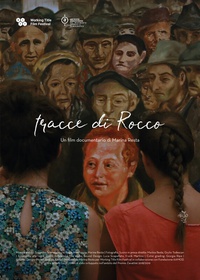
Traces Of Rocco
Credits
- Directors
- Marina Resta
- Screenwriters
- Marina Resta
- Producers
- Marina Resta
Screenings
- Matera April 23
- 2023 “Sempre nuovo è… Scotellaro – Al bivio” - Scotellaro centenary celebration Italy
Directors Statement
The film was developed as part of the Zavattini Prize 2018/2019, promoted by AAMOD (Archivio Audiovisivo del Movimento Operaio e Democratico – Audiovisual Archives of the Workers and Democratic Movement), which stimulated my sensitivity and curiosity for viewing and researching archival materials and (re)using them creatively and respectfully at the same time. I chose to focus on Basilicata, a region to which I am very attached for biographical reasons, and also the birthplace of Rocco Scotellaro.
In fact, the inspiration for Traces of Rocco stems from my personal fascination with this important person from Basilicata, a figure as complex - in just 30 years of life he was a poet, writer, socialist mayor of his hometown Tricarico (MT) and social researcher with Manlio Rossi Doria - as almost forgotten. I have tried to confront Scotellaro and what he represents for Basilicata by working on his absence. Physical absence, absence of audiovisual materials depicting him, absence of direct witnesses (many of them have already died). So my work was to search for his traces and then to disseminate them in the film. The traces are meant both as signs of his life (his village, his house, his grave, the Luce newsreel announcement of his posthumous achievement of the Viareggio Prize for the collection of poems "È fatto giorno"), but also the iconographic traces that preserve and transmit his memory (plaques, paintings, murals and even the bronze effigy depicting Michele Mulieri, one of the "Peasants of the South" interviewed for the homonymous book by Scotellaro). Carlo Levi, a friend of the Lucanian poet from the time of his confinement in Basilicata under Fascism, played a leading role in passing on the figure of Scotellaro, contributing to create his mythology. Particularly in the triptych "Lucania '61," now on display at the Museo Nazionale di Matera in Palazzo Lanfranchi, Levi makes Scotellaro the focus of the entire painting and the metaphor of Lucania itself. Basilicata and southern Italy in general suffered (and continues to suffer) external gazes' storytelling, which, between the late 1940s and the 1960s were polarized between the "pure place outside History" that embodies the Levi vision, and the promises of technical and infrastructural development linked to the rhetoric of Agrarian Reform and the implementation of the Marshall Plan. A third narrative that runs alongside these in the film is the one linked to Matera 2019 - European Capital of Culture, the storytelling of the cultural redemption of a city and territory long considered "the shame of Italy", now invaded by tourists. The film interweaves all these threads -the different narratives and rhetorics and Scotellaro's traces- by comparing archival materials from AAMOD and Istituto Luce with observational footage shot today in those same places. However, my choice was not to conceal the heterogeneity of the materials and their different provenance, but rather to highlight it, making clear the partiality of each narrative and ultimately the impossibility of reaching a vision on Basilicata, if not fragmentary and sometimes contradictory. Similarly, Rocco Scotellaro remains in the film an elusive, ghostly figure, of whom one can always aspire to find new traces.
Note di Regia (italiano)
Il film è stato realizzato nell’ambito del Premio Zavattini 2018/2019, promosso dall’AAMOD, che ha stimolato la mia sensibilità e curiosità per la visione e la ricerca dei materiali d’archivio e per un loro (ri)utilizzo creativo e allo stesso tempo rispettoso. Ho scelto di concentrarmi sulla Basilicata, regione a cui sono molto legata per motivi biografici, nonché terra natia di Rocco Scotellaro.
Infatti, l’ispirazione per Tracce di Rocco nasce da una mia personale fascinazione per questo importante personaggio lucano, figura tanto complessa – in soli trent’anni di vita è stato poeta, scrittore, sindaco socialista del suo paese natale Tricarico (MT) e ricercatore sociale con Manlio Rossi Doria – quanto dimenticata. Ho cercato di confrontarmi con Scotellaro e con ciò che rappresenta per la Basilicata, lavorando sulla sua assenza. Assenza fisica, assenza di materiali audiovisivi che lo ritraggono, assenza di testimoni diretti (per motivi anagrafici). Allora il mio lavoro è stato quello di ricercare le sue tracce e poi di disseminarle nel film. Tracce intese sia come segni della sua vita (il suo paese, la sua casa, la sua tomba, l’annuncio del Cinegiornale Luce della sua vittoria postuma del Premio Viareggio per la raccolta di poesie “È fatto giorno”), ma anche le tracce iconografiche che ne preservano e tramandano la memoria (targhe, dipinti, murales e anche l’effige in bronzo che raffigura Michele Mulieri, uno dei “Contadini del Sud” intervistati per il libro omonimo da Scotellaro). Carlo Levi, amico del poeta lucano fin dai tempi del suo confino in Basilicata sotto il Fascismo, ha avuto un ruolo di primo piano nel tramandare la figura di questi, contribuendo a crearne la mitologia. In particolare nel trittico “Lucania ’61”, oggi esposto al Museo Nazionale di Matera nella sede di Palazzo Lanfranchi, Levi rende Scotellaro il fulcro di tutto il dipinto e la metafora della Lucania stessa. La Basilicata, e in generale l’Italia meridionale, ha subìto (e continua a subire) le narrazioni di sguardi esterni, che tra la fine degli anni ’40 e gli anni ’60 erano polarizzate tra il “luogo puro fuori dalla Storia” che incarna la visione leviana e le promesse di sviluppo tecnico e infrastrutturale legate alla retorica della Riforma Agraria e dell’attuazione del Piano Marshall. Una terza narrazione che si affianca a queste nel film è quella legata a Matera 2019 – Capitale europea della cultura, lo storytelling del riscatto culturale di una città e di un territorio a lungo considerati “la vergogna d’Italia”, oggi invasi dai turisti. Nel film si intrecciano tutti questi fili – le diverse narrazioni e retoriche e le tracce di Scotellaro – mettendo a confronto i materiali d’archivio dell’AAMOD e dell’Istituto Luce con le immagini osservative girate oggi in quegli stessi luoghi. Tuttavia la mia scelta è stata quella di non celare l’eterogeneità dei materiali e la loro diversa provenienza, ma anzi di evidenziarla, rendendo palese la parzialità di ogni narrazione e in definitiva l’impossibilità di raggiungere una visione sulla Basilicata, se non frammentaria e a volte contraddittoria. Allo stesso modo Rocco Scotellaro resta nel film una figura sfuggente, fantasmatica, di cui si può aspirare a trovare sempre nuove tracce.
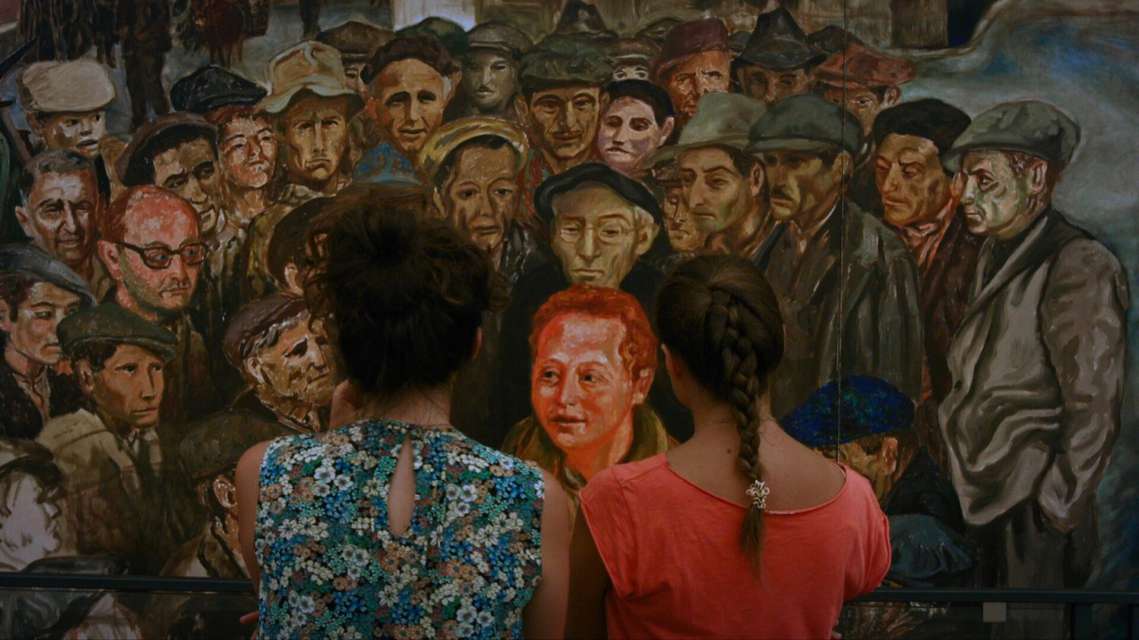
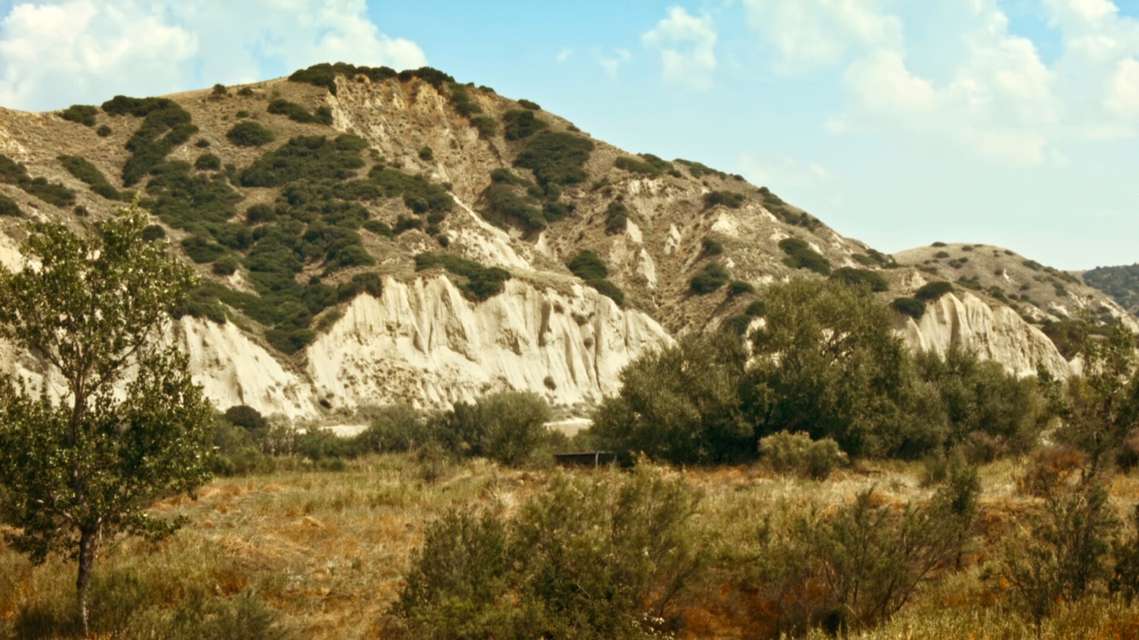
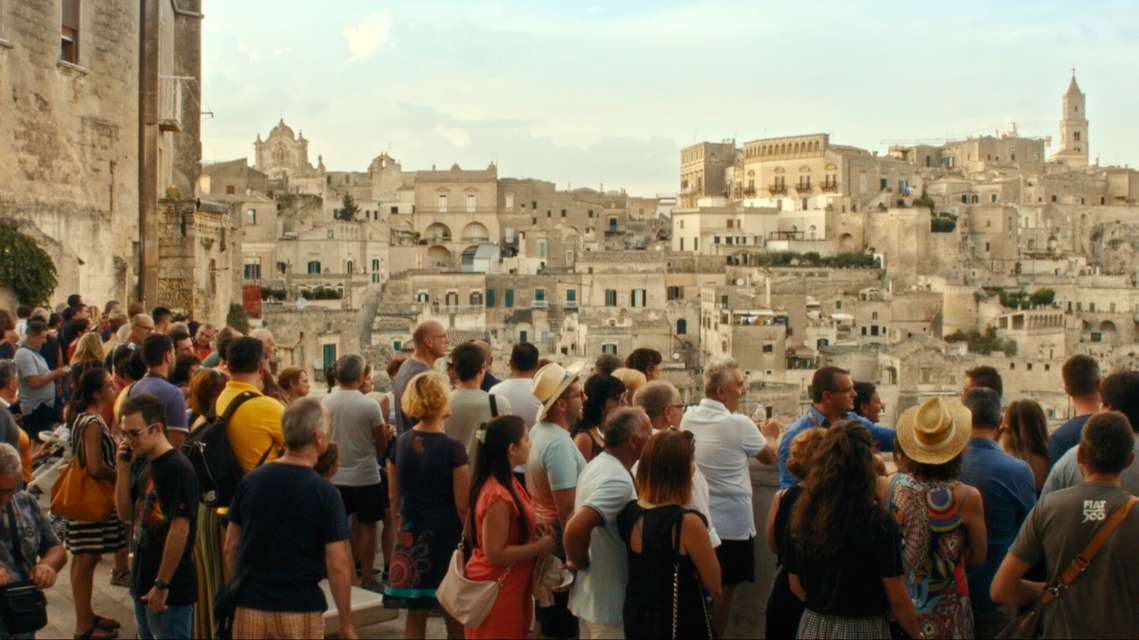
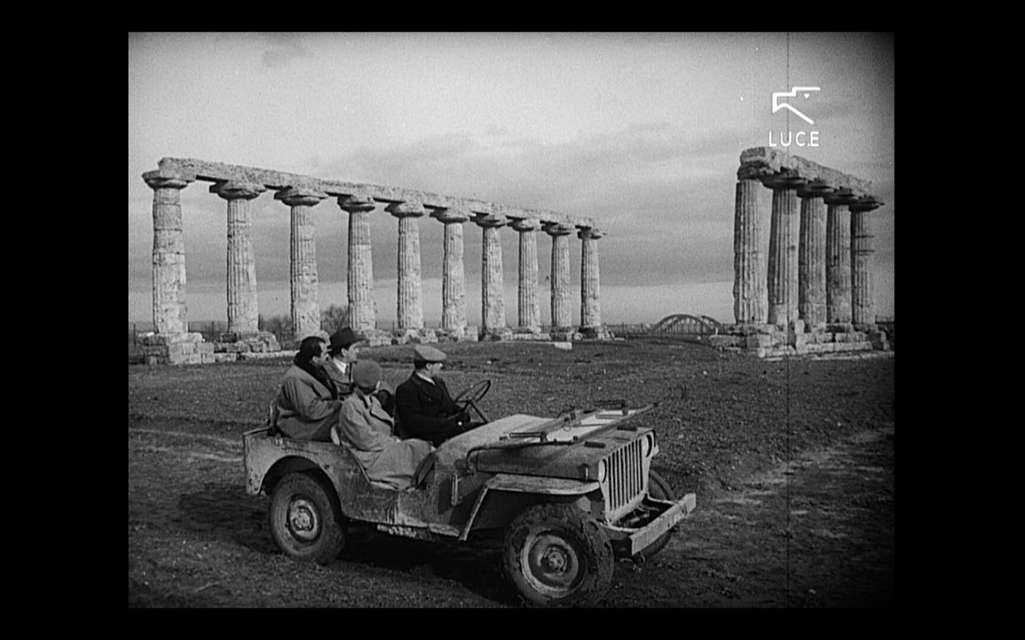
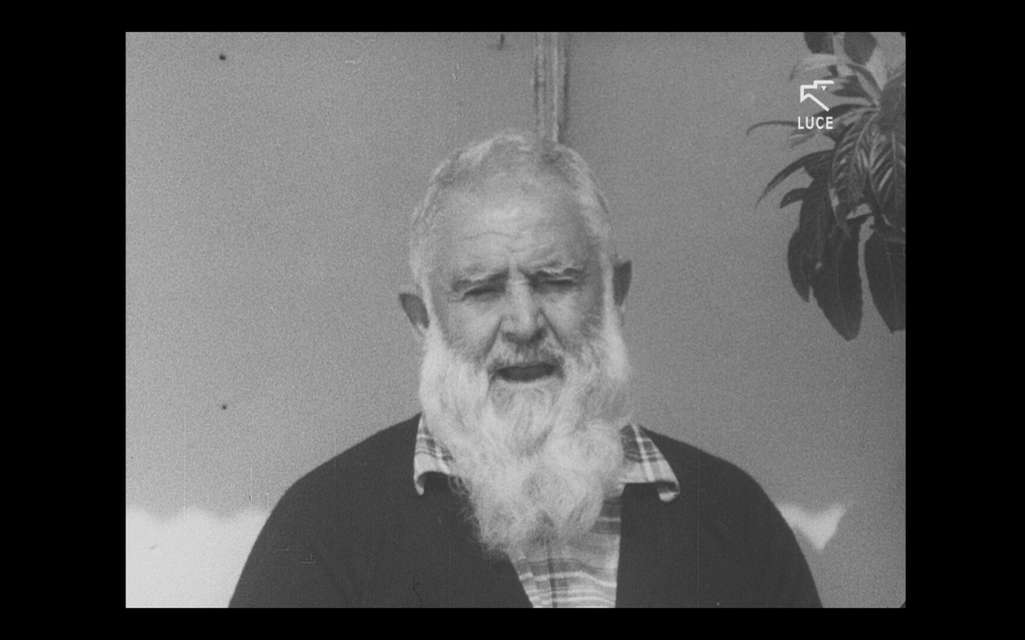
runtime: 17 min